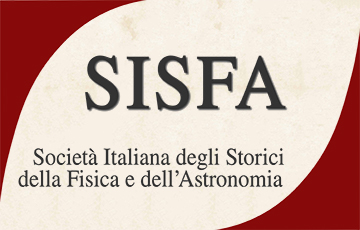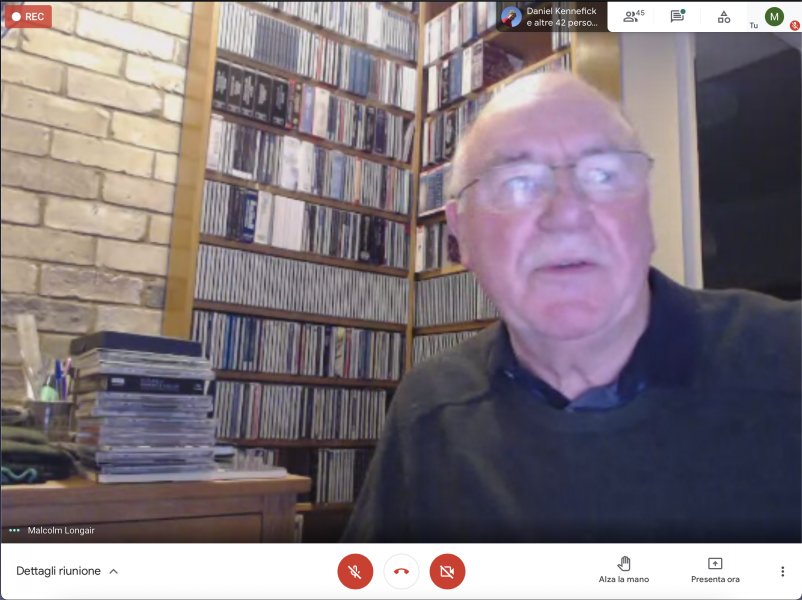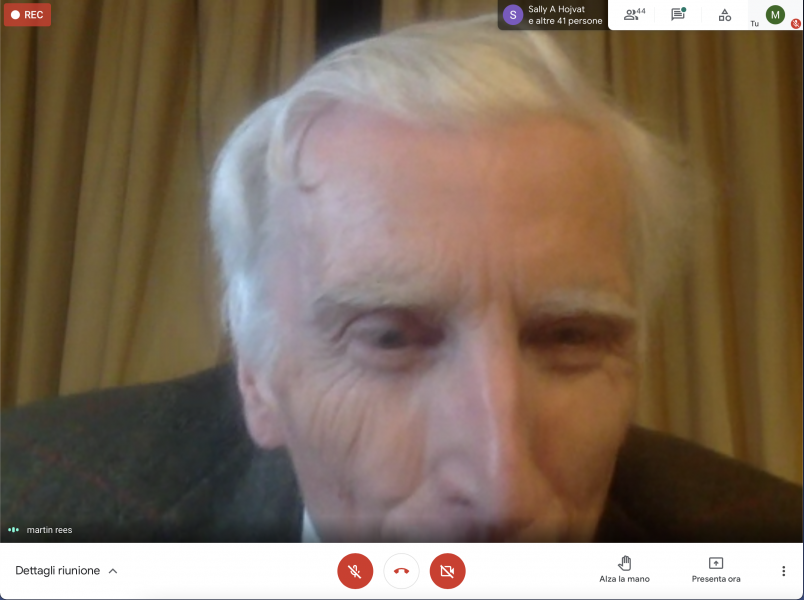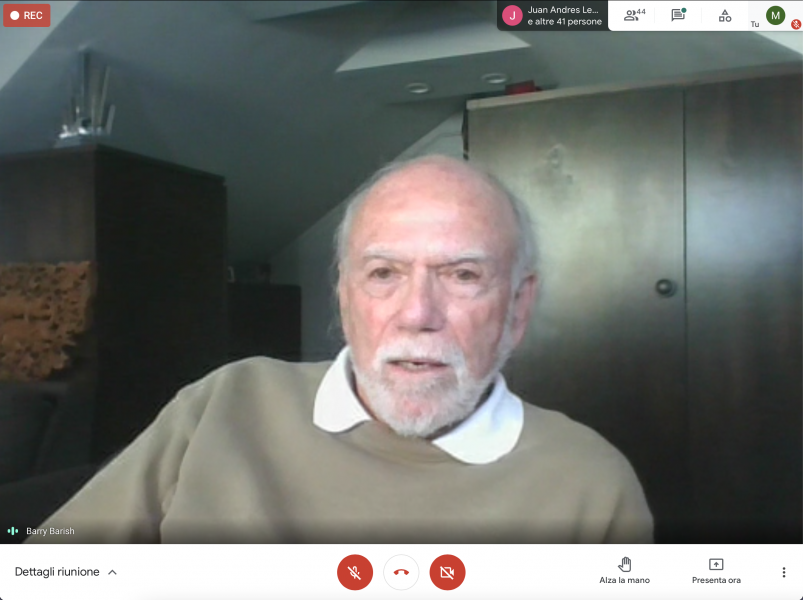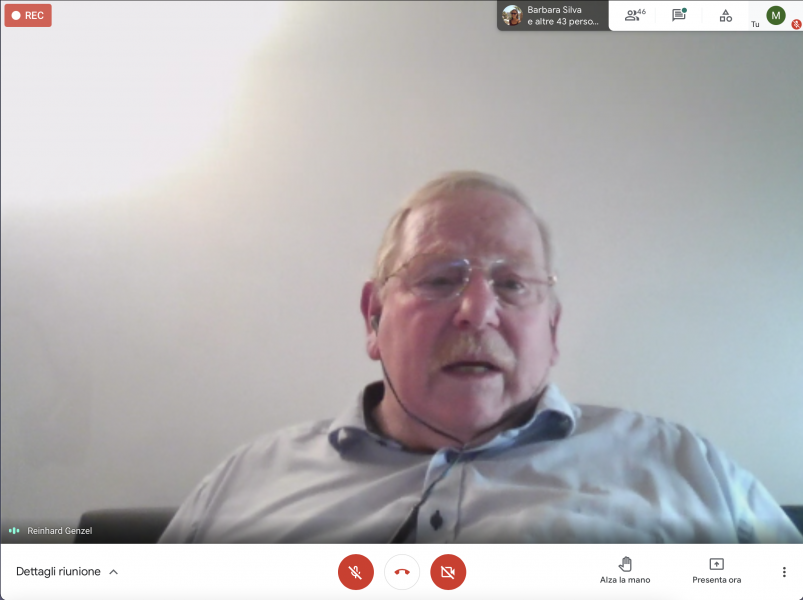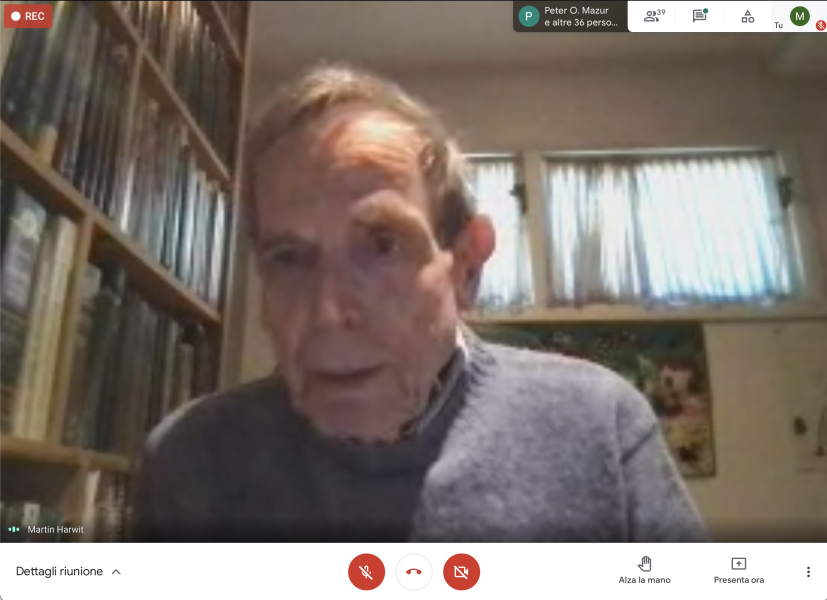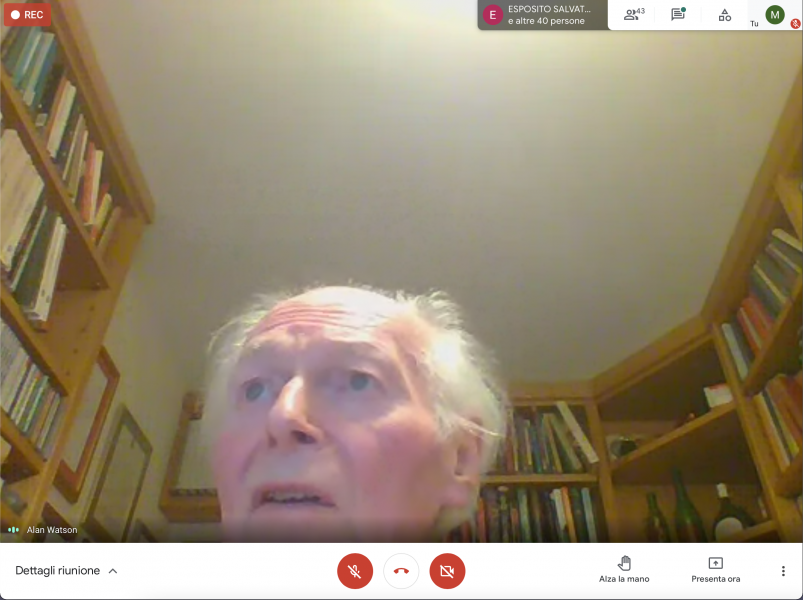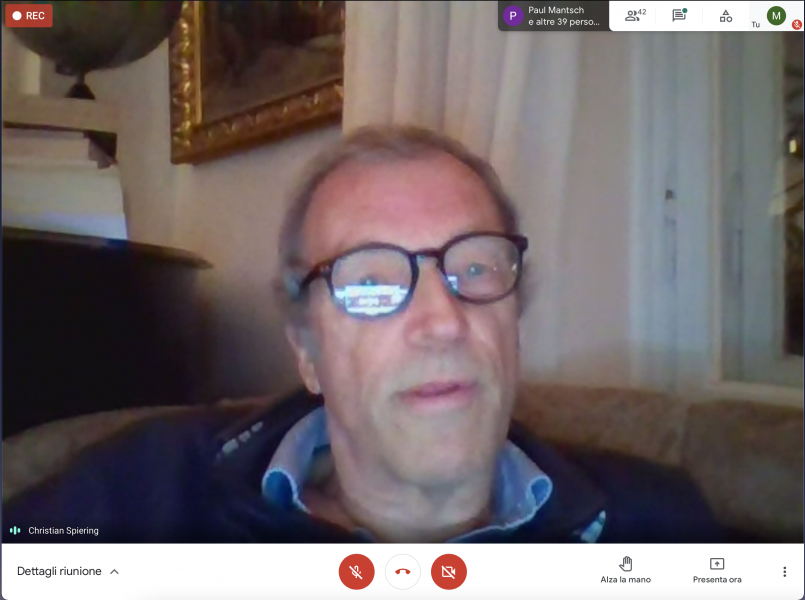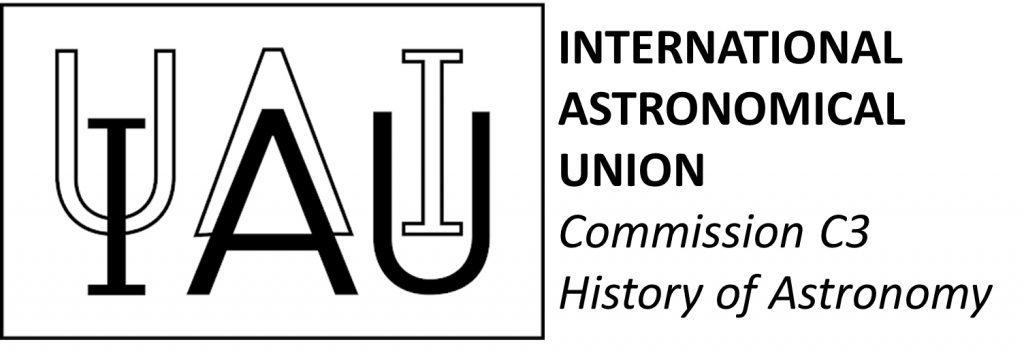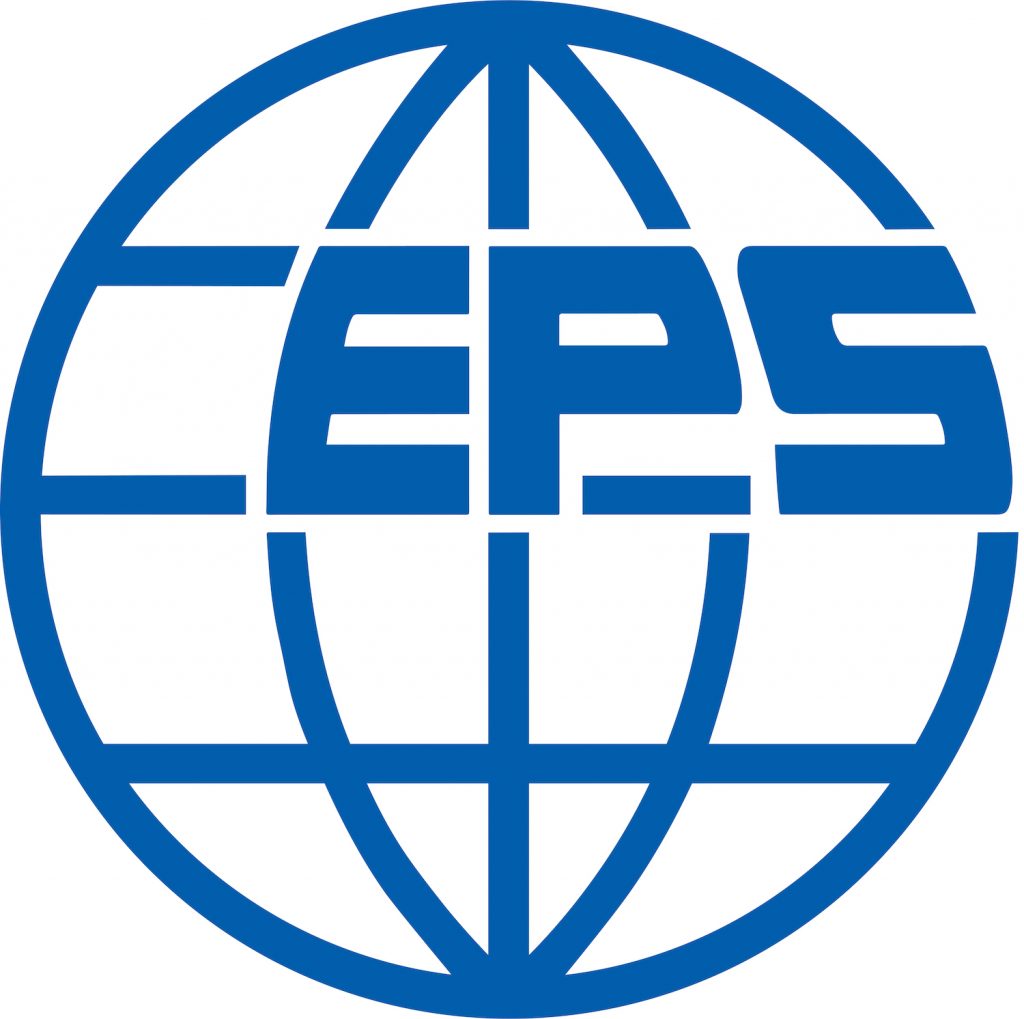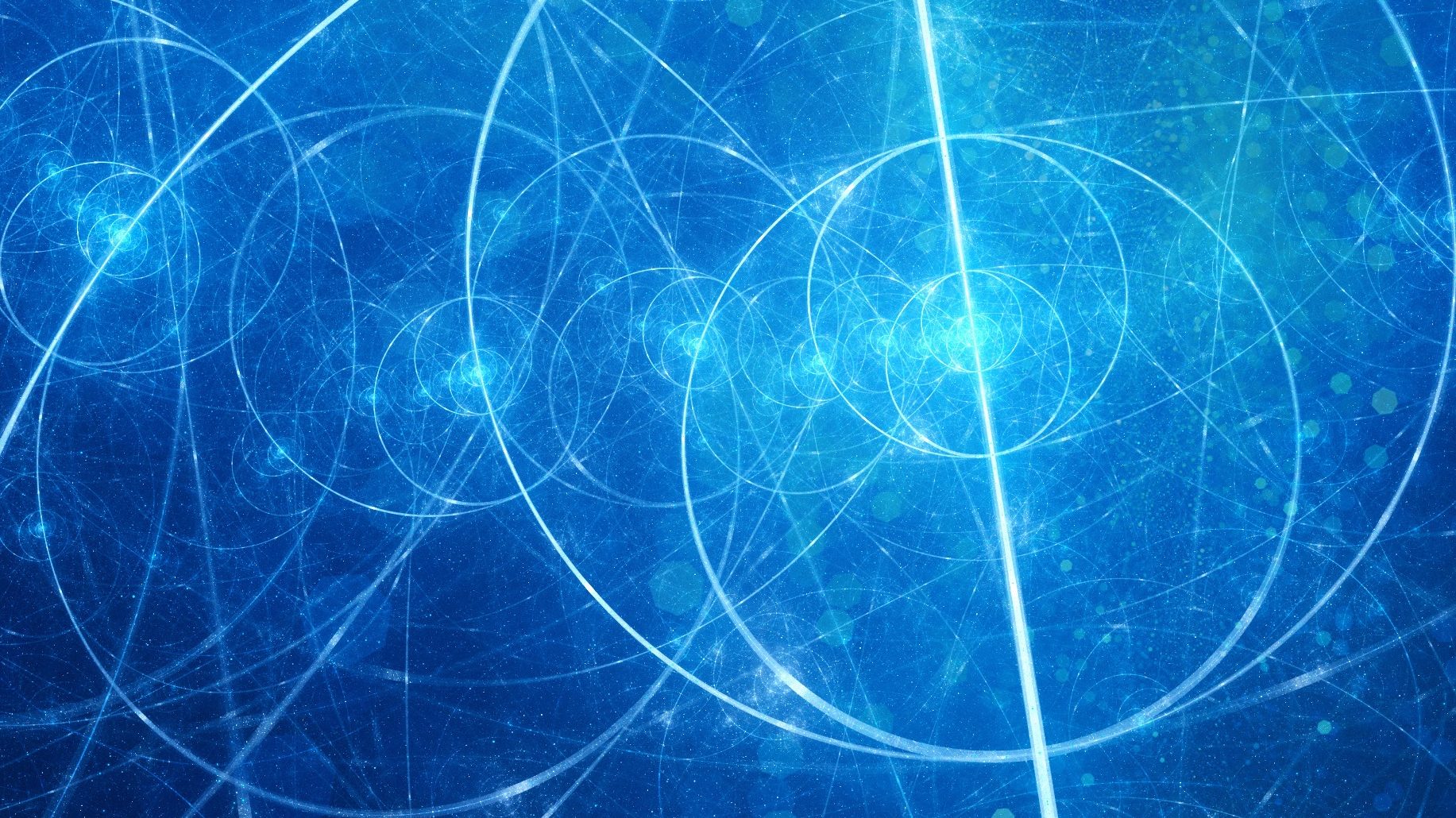
Observing, sensing, detecting
Toward a multi-layered picture of the Universe
from historical and epistemological perspectives
International on-line workshop
4-5 February 2021
Organized by the Italian Society for the History of Physics and Astronomy (SISFA),
with the endorsement of Commission C3 History of Astronomy of IAU and of History of Physics Group of the European Physical Society
During the twentieth century, the opening of new observational windows has unveiled a broad range of astrophysical sources, environments and phenomena, also probing the earliest moments of our Universe and its dark side. The brand-new field of gravitational-wave astronomy – together with electromagnetic telescopes, and neutrino and cosmic-ray detectors – are now offering the opportunity to explore the Universe through multiple kinds of messengers, allowing to address a number of fundamental questions and to peer further in its origin, evolution and future.
The ushering of this new era brings to the fore the need for a wide-ranging historical and epistemological analysis on the birth and development of multi-wavelength astronomy, up to the inauguration of multi-messenger observation of the cosmos. The processes that have shaped the new astronomies have seen the emergence of new fields of research and new forms of scientific collaboration, often at the interface of different disciplines and skills. Although several historians of science and scientists have provided historical analyses and reviews concerning various aspects of these processes, a coordinated study is now desirable that puts the global evolution of new astronomies in a general and long-term perspective.
Thanks to the participation of numerous scholars engaged on these fronts of historical-scientific research, the workshop will address such a goal by bringing together a broad range of topics. In particular: the entanglement between the emergence of ever more precise questions and the development of cutting-edge technologies, the contamination between different scientific fields and communities, the transition to Big Science, the evolving nature of international collaborations and their changing geopolitical scenarios.
The final round table, on 5 February, will be a very special opportunity for discussion with some of the leading experts in their respective fields: Barry Barish (University of California, Riverside), Reinhard Genzel (Max Planck Institute for Extraterrestrial Physics, Garching), Malcolm Longair (Cambridge University), Christian Spiering (DESY), Alan Watson (University of Leeds).
As anticipated in the call for abstracts, a special issue proposal for Centaurus will be based on the workshop and prepared in the next months, which will include some selected contributions (maximum 12).
Further information can be requested by writing to: lbonolis@mpiwg-berlin.mpg.de, Adele.LaRana@roma.infn.it, and rlalli@mpiwg-berlin.mpg.de
Organizing Committee: Luisa Bonolis, Max Planck Institute for the History of Science, Roberto Lalli, Max Planck Institute for the History of Science, Adele La Rana, University of California Riverside; University of Verona
Live streaming
The talks will be broadcast live streaming at the following address:
https://meet.google.com/bqi-oxff-pmz
You can also participate by dialing the number and entering the PIN corresponding to your country that you find at the link:
https://meet.google.com/tel/bqi-oxff-pmz?hs=-1
You can follow the workshop live stream on YouTube
The workshop will be recorded and the related videos will become later available on the YouTube channel SISFAmedia.
Programme
The following schedule is in the CET time zone
Thursday, 4 February
15:00-15:15 Welcome and introduction
Salvatore Esposito, President SISFA (INFN Napoli)
Luisa Bonolis (Max Planck Institute for the History of Science, Berlin)
Adele La Rana (University of California Riverside, University of Verona)
Session Chair: Roberto Lalli (Max Planck Institute for the History of Science, Berlin)
15:15-15:45
New tools, new universes
David DeVorkin (National Air and Space Museum, the Smithsonian Institution, Washington D.C.)
15:45-16:15
Creating big astronomy: modern astronomy and the culture of big science
David Baneke (Utrecht University)
16:15-16:45
Beyond and across the Iron Curtain: The rise of neutrino astronomy and the role of the Rochester and ICRC conferences
Luisa Bonolis and Giulia Carini (Max Planck Institute for the History of Science, Berlin)
16:45-17:00 – Break
17:00-17:30
Infrastructures, instrument-makers and users: Recent shifts in the production regime of astronomical observation
Juan-Andres Léon (Max Planck Institute for the History of Science, Berlin)
17:30-18:00
Observing from the south. The history of international agreements and new technologies – Chile in global astronomy
Barbara Silva (Alberto Hurtado University, Chile)
18:00-18:30
The photographic zenithal tubes (PZT) of the Neuchâtel Observatory (1954-1982): between improvement and paradigmatic break of the time determination
Julien Gressot and Romain Jeanneret (University of Neuchâtel, Switzerland)
Friday, 5 February
Session Chair: Adele La Rana (University of California Riverside, University of Verona)
9:30-10:00
František Link – one of the pioneers of gravitational lensing
Tomáš W. Pavlíček (Czech Academy of Sciences) and Martin Šolc (Charles University, Prague)
10:00-10:30
Towards detecting gravitational waves: a contribution by Richard Feynman
Marco Di Mauro (University of Salerno), Salvatore Esposito and Adele Naddeo (INFN Napoli)
10:30-11:00
National and international facets of lunar and stellar atlantes
Martin Šolc (Charles University, Prague)
11:00-11:30
“No actual images of this planet exist:” The artscience of exoplanetary visualisation
Rachel Hill (Goldsmiths, University of London)
11:30-11:45 – Break
11:45-12:15
Interactions and contributions of syncrotron radiation research in X-ray astrophysics
Antonio Bianconi and Vanda Bouché (Rome Sapienza University)
12:15-12:45
An analog computer to redesign the cosmos: Vannevar Bush’s differential analyzer between aurorae borealis and cosmic rays
Benedetta Campanile (University of Bari)
12:45-13:15
Tartu, 1962: Pontecorvo, Zel’dovich and the future of astrophysics
Stefano Furlan and Giulia Carini (Max Planck Institute for the History of Science, Berlin)
13:15-15:00 – Break
Session Chair: Roberto Lalli (Max Planck Institute for the History of Science, Berlin)
15:00-15:30
Stability of spiral nebulae and the origins of modern cosmology
Scott Walter (University of Nantes)
15:30-16:00
The gradual realization that astronomical information is bounded, 1965-2020
Martin Harwit (Cornell University, Ithaca, NY)
16:00-16:30
Binary neutron stars: from extraterrestrials to multi-messenger astronomy
Daniel Kennefick (University of Arkansas)
16:30-17:00
Supernova 1987A: a case study in the history of gravitational wave research
Adele La Rana (University of Verona)
17:00-17:15 – Break
17:15-17:45
Technologies of Illumination: Imaging the Cosmic Microwave Background
Connemara Doran (Harvard University)
17:45-18:15
Blind imaging: The Event Horizon Telescope and images of the shadow of a black hole
Emilie Skulberg (Cambridge University)
18:15-18:45
They said it couldn’t be done! Astronomical advances that required the invention or development of new technology
Virginia Trimble (University of California, Irvine)
Discussion Chair: Adele La Rana (University of California Riverside, University of Verona) and Luisa Bonolis (Max Planck Institute for the History of Science, Berlin)
18:45-20:00
Probing the cosmos in the time of multiplicity. A historical-scientific dialogue
A round table attended by:
Barry Barish (University of California, Riverside)
Reinhard Genzel (Max Planck Institute for Extraterrestrial Physics, Garching)
Malcolm Longair (Cambridge University)
Christian Spiering (DESY)
Alan Watson (University of Leeds)
A photo gallery of participants at roundtable
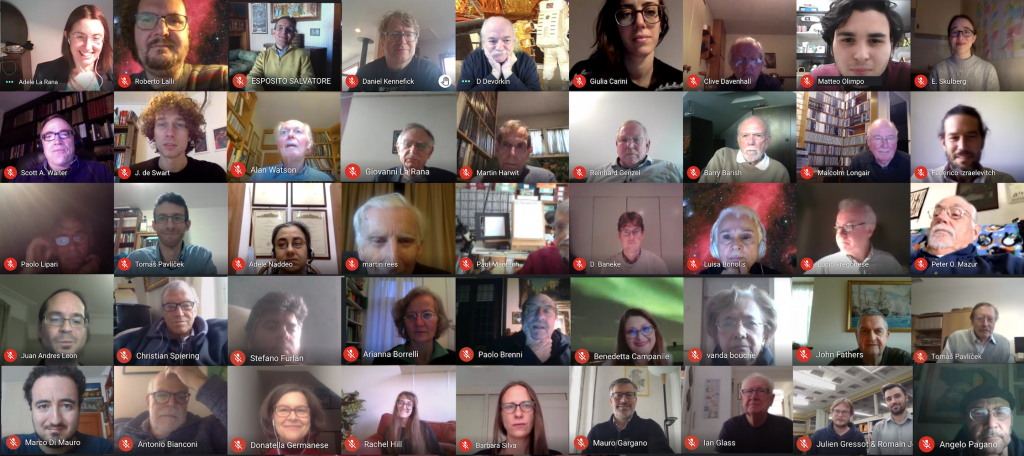
with the endorsement of

